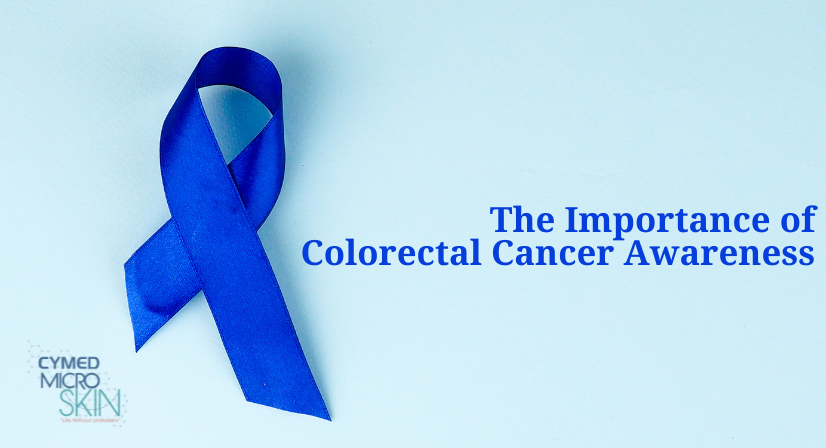March is Colorectal Cancer Awareness Month, featuring a germane topic for many patients who’ve undergone a colostomy procedure. CRC accounts for roughly 18 to 35% of temporary/permanent colostomies. Let’s cover the basics of such a serious diagnosis, including the risk factors and treatment options.
Colorectal Cancer Defined
CRC involves cancerous tumors that manifest in or around the rectum. Like any other cancer, healthy cells mutate into cancer, and if left undetected, can become life-threatening. Sometimes, the cancer can get so severe as to spread from the rectum to the colon, requiring surgery and other major interventions.
The good news is that this is one of the more survivable cancers, thanks to modern medicine and technology.
Risk Factors for Colorectal Cancer
Many of the risk factors for CRC are found among other forms of cancer. These are the most typical contributors.
- Sedentary Lifestyle
- Obesity
- Type-II Diabetes
- Over-Consumption of Red Meats & Processed Meats
- Heavy Use of Alcohol or Certain Tobacco Products
- Presence of Colorectal Polyps
- You’ve Reached 50 Years of Age
- Irritable Bowel Syndrome (IBS)
- Family History of CRC
Besides the risk factors, you should be aware of CRC symptoms, and contact your physician if you notice them. They include the presence of bloody stool, unexplained weight loss, heavy abdominal cramping, and a feeling of constipation.
How to Treat Colorectal Cancer?
Treatment of CRC usually goes one of three ways: 1) Surgery, 2) Radiation Therapy, and/or 3) Chemotherapy.
Your physician or specialist will choose one of these options, contingent upon the cancer’s precise location, and how long it has grown or spread. The most advanced cases may require more invasive chemo or radiation methods.
The surgical approach (to remove tumorous growths) may require additional intervention, such as colostomy. Whenever parts of the colon or bowel must be removed, a colostomy allows for the re-routing of intestines to exit from the abdomen rather than the natural digestive course. Surgeons achieve this by opening a “stoma” in the lower abdomen, creating a new pathway for exiting waste products, given the loss of the colon or rectum.
Cymed MicroSkin: Top Colostomy Products for Post-CRC Management
If you find yourself with either a temporary or permanent colostomy, or any other ostomy arrangement, then you should know about proper stoma care. That involves fitting yourself with hypoallergenic ostomy products: pouches, sealers, lubricants, fasteners, sanitary wipes, and more.
Cymed MicroSkin offers the best selection of colostomy, ileostomy, and urostomy supplies, available to physicians, hospitals, and patients alike. If you’d like to learn more about colorectal cancer or other ostomy-related issues, then contact us anytime at 800-582-0707.

